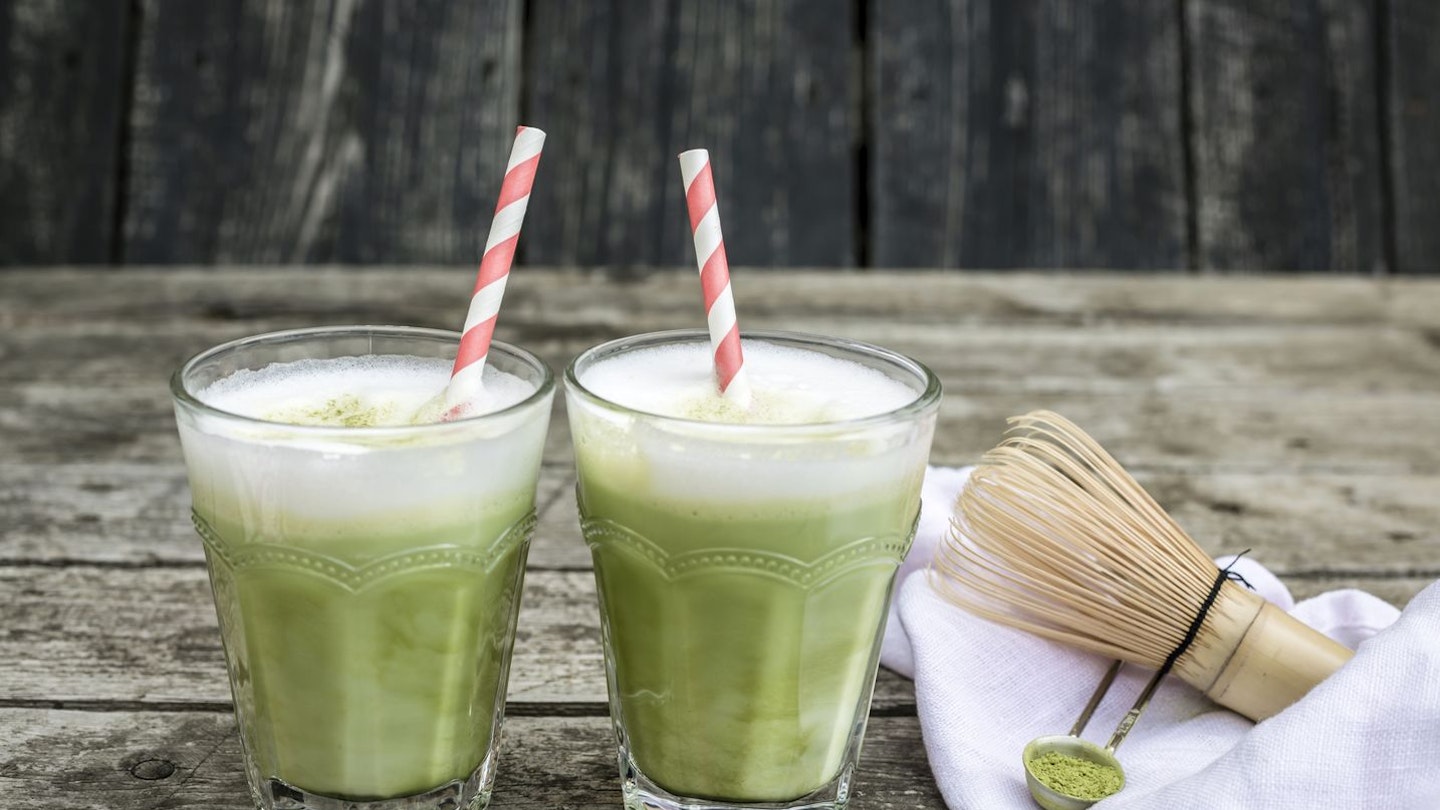Even before Victoria Beckham sang its praises for helping her maintain her figure, green tea was always at the top of the health game. At least until its bigger and better relative Matcha Green Tea decided to take over.
Matcha Green Tea is the new super powder appearing all over the place. From your post-gym energy ball to a cheeky afternoon baked good, it’s everywhere. And with your classic green tea drinker now opting for the far more fashionable Matcha latte, it won’t be long until Matcha Green Tea is popping up in our favourite coffee shops.
But is Matcha Green Tea really worth the hype? And can it really be that much better then a good old cup of green tea? Let’s find out.
Trend: Matcha Green Tea
What’s Matcha Green Tea all about?
Matcha isn’t so much a ‘trend’ but more an ancient food that has recently gone mainstream. This green tea powder has been used in Chinese and Japanese tea ceremonies for centuries and is often used as a natural food dye thanks to its potent green colour.
So why has it suddenly gone mainstream? Well, Match Green Tea is thought to be full of antioxidant and energy boosting properties. It’s also believed to help improve our skin tone and memory and prevent an array of illnesses!
One of the key benefits of Matcha Green Tea is thought to be it’s ability to help increase energy levels and concentration, so it’s not too surprising that it has recently become the go to drink for busy city folk.
Is Match Green Tea Worth The Hype?
It would be easy to assume that green tea is green tea and that there can’t be that significant a difference between these two varieties to justify the price increase. As it turns out, there is.
In the simplest terms, with Matcha Green Tea we are ingesting the whole green tea leaf in ground form, whereas with normal green tea we are just drinking water infused with the leaf. This means that we are getting all of the nutrients from the leaf with Matcha Green Tea, rather then just those that have made their way into the water. Even if they had an identical nutrient quantity, you would be getting much more for your buck when you eat the whole leaf, as you do with Matcha Green Tea.
That’s not where the difference ends, either. Not only are you getting all of the nutrients, but Matcha also has significantly more of them. Matcha is grown in the shade, which ensures a slow growth and consequently increases the chlorophyll and the level of amino acids in its leaves. Thanks to the big dose of chlorophyll, Matcha contains 10 times more antioxidants then normal green tea, which makes it an even more potent detoxifier - perfect after a few drinks at the weekend!
The mix of amino acids and caffeine also ensures a more steady and consistent energy release, which means you don’t get those horrible caffeine jitters you can get after a strong coffee!
How Do I Have Matcha Green Tea?
The great news is that there are so many ways of adding Matcha into your diet. Thanks to it’s ground consistency it works just as well in a drink as it does in baking.
The most obvious way to have it is ‘straight up’ with some hot water and a squeeze of lemon to take the edge off. However a matcha latte, best with almond milk and a small squeeze of honey, is just as good and has a similar consistency to coffee, making it a great swap!
Matcha also makes an amazing addition to your morning smoothie, just popping a ¼ teaspoon into your morning blend will have you energised and ready to take on the day.
You can also experiment adding it into baked goods, raw treats such as these Matcha Tarts or just use it as a natural food colouring (who wouldn’t want bright green porridge?)
Matcha Green Tea: The Verdict
This really is the year to go green! Matcha Green Tea is a fact!
Thinking of trying a juice detox or the alkaline diet? Or are you worrying more about your gut health? Find out if these trends are fact or fad with the 9to5 Foodie and come back next week, when we’ll be looking into Super Foods!
